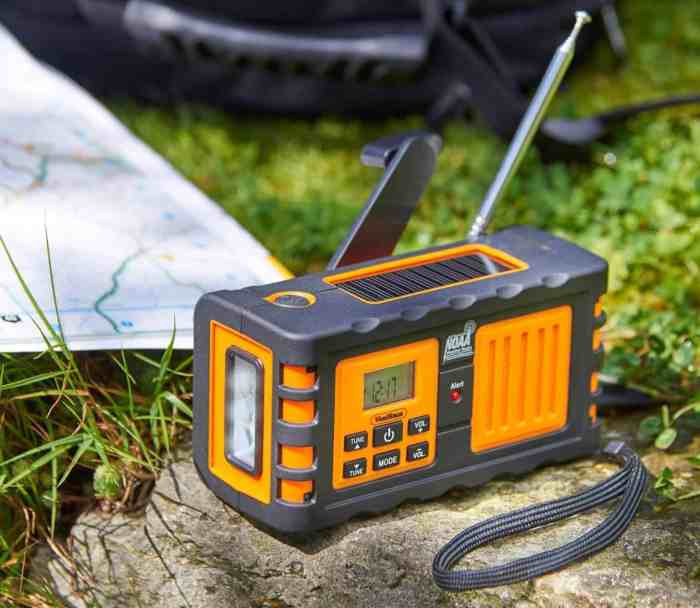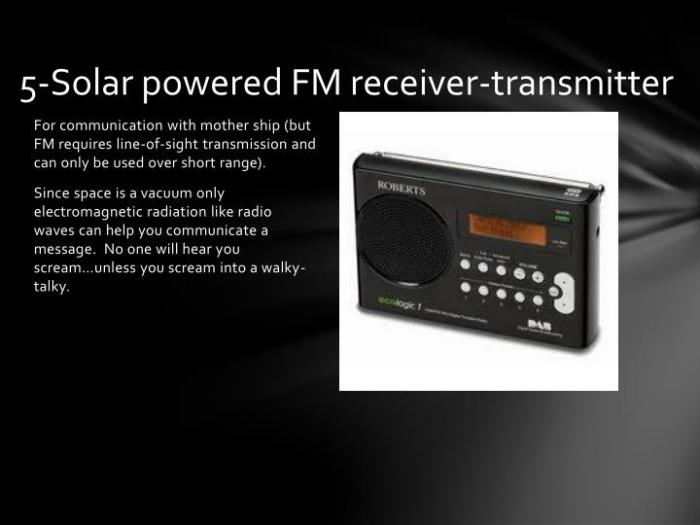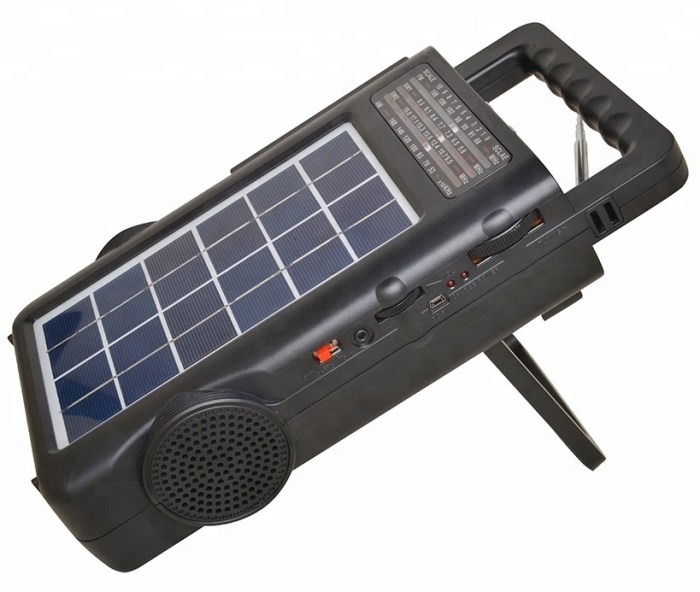The advent of solar powered FM receiver transmitters has revolutionized the realm of wireless communication, offering sustainable and portable solutions for transmitting and receiving FM signals in remote and off-grid areas. These innovative devices harness the power of the sun to provide reliable and cost-effective access to information, education, and entertainment.
Comprising an array of solar panels, a rechargeable battery, an FM receiver, and a transmitter, solar powered FM receiver transmitters operate on the principle of converting sunlight into electrical energy. This energy is then utilized to power the receiver, which captures incoming FM signals, and the transmitter, which amplifies and broadcasts these signals to nearby receivers.
1. Solar Powered FM Receiver Transmitter Overview
Solar powered FM receiver transmitters are devices that combine an FM receiver and a transmitter, powered by solar energy. They allow users to receive and transmit FM signals without the need for external power sources.
These devices consist of a solar panel, a battery, an FM receiver, an FM transmitter, and an antenna. The solar panel converts sunlight into electricity, which is stored in the battery. The battery powers the FM receiver and transmitter, which receive and transmit FM signals, respectively.
2. Applications and Uses
Solar powered FM receiver transmitters have various applications, including:
- Remote areas: In areas without access to electricity, these devices can provide a reliable means of communication and information dissemination.
- Emergencies: During natural disasters or other emergencies, these transmitters can be used to establish communication channels for disaster relief and recovery efforts.
- Educational settings: In remote schools or communities with limited access to technology, these transmitters can be used to provide educational content and resources.
3. Design and Implementation

Designing solar powered FM receiver transmitters involves several key considerations:
- Component selection: Choosing appropriate components, such as the solar panel, battery, FM receiver, FM transmitter, and antenna, is crucial for optimal performance.
- Power management: Efficient power management is essential to ensure the device operates reliably and for extended periods.
- Antenna design: The antenna design affects the transmission range and signal quality.
Implementation involves carefully assembling the components, ensuring proper connections, and optimizing the system for maximum efficiency and performance.
4. Advantages and Limitations

Advantages:, Solar powered fm receiver transmitter
- Sustainability: Solar powered FM receiver transmitters rely on renewable energy, making them environmentally friendly.
- Portability: These devices are lightweight and portable, allowing for easy deployment in remote or inaccessible areas.
- Reliability: Solar power provides a reliable source of energy, ensuring continuous operation even in areas with limited or no access to electricity.
Limitations:
- Range: The transmission range of solar powered FM receiver transmitters is typically limited compared to grid-connected transmitters.
- Power output: The power output of these devices is constrained by the size of the solar panel and battery, which may limit their use in certain applications.
- Weather conditions: Solar power generation is affected by weather conditions, which can impact the performance and reliability of these transmitters.
5. Comparison with Other Technologies

Solar powered FM receiver transmitters can be compared to other similar technologies:
- Battery-powered transmitters: These transmitters rely on batteries for power, which limits their operating time. Solar powered transmitters provide a more sustainable and long-term solution.
- Grid-connected transmitters: These transmitters are connected to the electrical grid, providing a reliable and high-power source. However, they are limited to areas with access to electricity.
The choice of technology depends on the specific application and requirements.
6. Future Trends and Innovations: Solar Powered Fm Receiver Transmitter

Emerging trends and innovations in solar powered FM receiver transmitters include:
- Improved efficiency: Advancements in solar panel technology and power management systems are leading to increased efficiency and longer operating times.
- Integrated technologies: Combining solar powered FM receiver transmitters with other technologies, such as GPS tracking or data logging, can enhance their functionality and versatility.
- Advanced antenna designs: Research into novel antenna designs is exploring ways to improve transmission range and signal quality.
These innovations hold promise for expanding the applications and capabilities of solar powered FM receiver transmitters in the future.
FAQ Insights
What are the advantages of using solar powered FM receiver transmitters?
Solar powered FM receiver transmitters offer several advantages, including sustainability, portability, reliability, and cost-effectiveness. They eliminate the need for external power sources, making them ideal for remote areas or emergency situations. Their compact size and lightweight design allow for easy transportation and deployment.
What are the limitations of solar powered FM receiver transmitters?
Solar powered FM receiver transmitters have certain limitations, such as their dependence on sunlight, which can affect their performance during nighttime or inclement weather. Additionally, their range and power output may be limited compared to grid-connected transmitters.